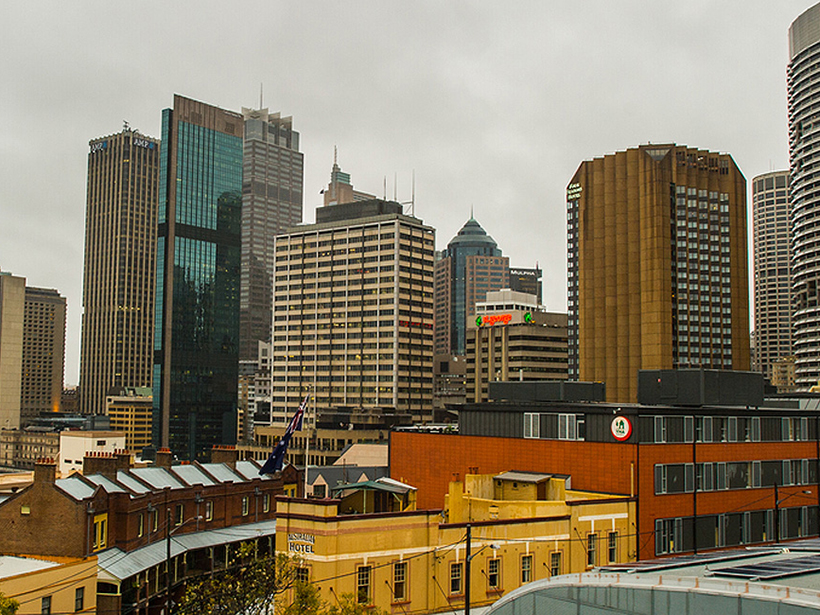Sky high demand for Australia’s tallest towers

Demand for sky high office space is through the roof with the cost of securing a spot inside Australia’s tallest buildings bucking global trends.
A report by commercial agency Knight Frank examining the rental performance of commercial buildings found the markets for space in structures 30 storeys or higher is growing fastest in Australia’s two largest cities.
The Skyscraper Index reveals Melbourne and Sydney outranked even New York and London with 11% and 10.1% growth respectively in the six months to the end of 2016.
Commercial Insights: Subscribe to receive the latest news and updates
Knight Frank’s head of office leasing, Australia, David Howson says stock withdrawals and residential conversions have reduced supply in Sydney while Melbourne has the strongest level of total absorption.
“Sydney’s office vacancy is at 6.2%, and is forecast to go as low as 3.5% in the next two years, with the current low vacancy and prospect of even lower vacancy driving rental increases now,’’ Howson says.
He says more than 239,057 sqm of stock has been removed from the market during 2016 for either refurbishment or permanent withdrawals – largely for conversion to residential or hotel use.
“The next two years of supply is only modest, and the total stock of the CBD is expected to decline over this period. However, there is a very strong supply cycle building for 2020 and beyond.”
He says Melbourne’s vacancy rate of 6.4% is the lowest in a decade.

Sydney and Melbourne’s office markets tightened further in 2016.
“The Victorian economy is currently the strongest in Australia, and is supported by high population growth into Melbourne of two percent which is boosting the underlying demand for office space.”
There is still a large gap between the two city markets with prime rents in Sydney currently at a 60% premium to those in Melbourne, Howson says.
Sydney’s office vacancy is at 6.2%, and is forecast to go as low as 3.5% in the next two years
The report also showed rents in Hong Kong’s skyscrapers continue to be the highest in the world, reaching $302.67 per sq ft last year. New York retained second position, where skyscraper rents are currently $159.00 per sq ft.
In Europe, skyscraper rents in London have remained stable at $104.56 per sq ft.
Rents in Southeast Asia including Shanghai, Singapore and Seoul trended down, highlighting heightened economic uncertainty and a cautious business outlook.
Knight Frank chief economist James Roberts says overall the index points to flat growth.
“(It) reflects the nervousness in most office markets in the second half of last year over political risks, like Brexit and the US election,” he says.
“However, in 2017 the tone of global economic news is improving, and both Brexit and the Trump government have not had the negative impact on growth that was initially feared.”







